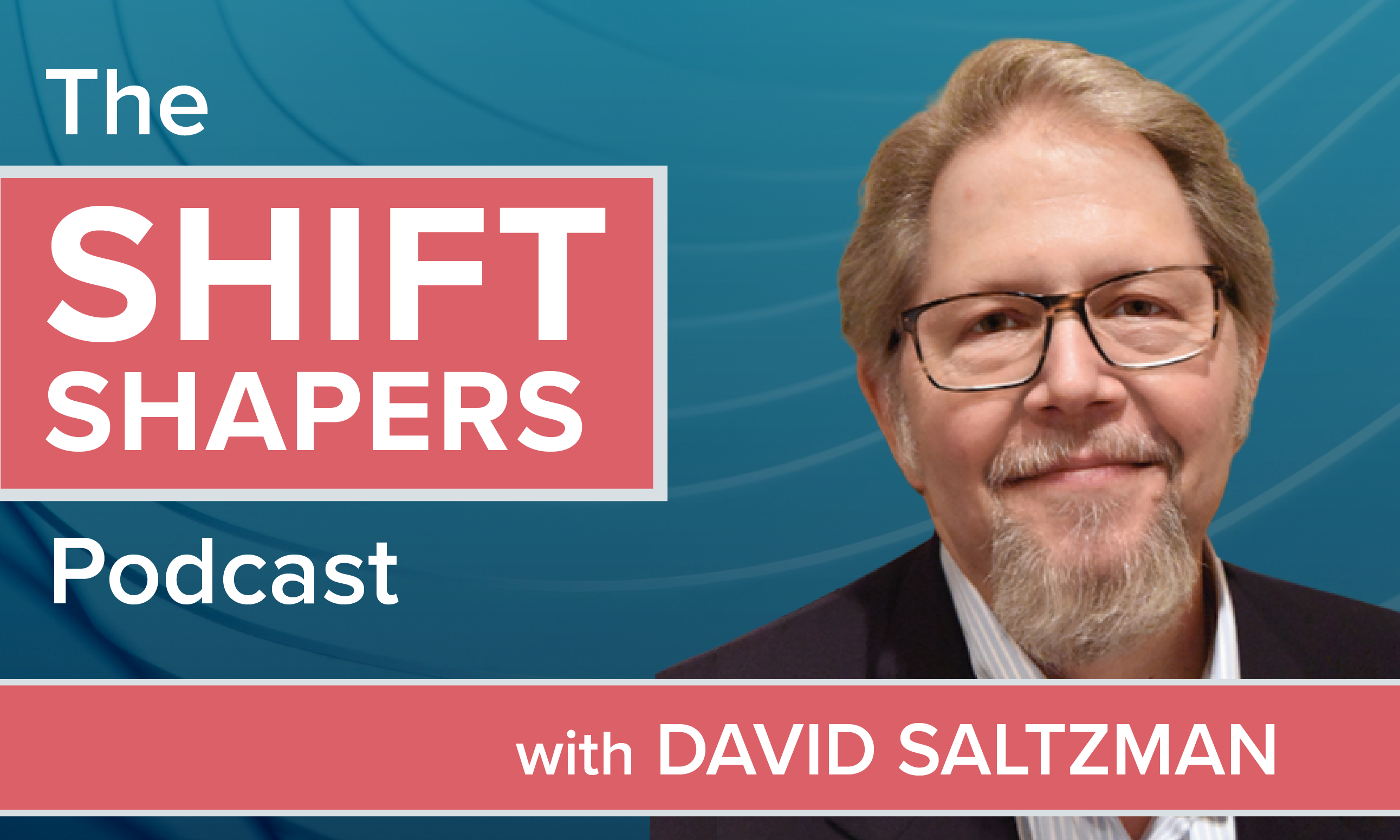
Open enrollment means elevated employee communications regarding coverage options and plan changes, but it also provides an opportunity to help clients educate their employees on topics relating to their existing benefits.
Enrolling in and using a voluntary or employer-paid vision benefit can significantly reduce out-of-pocket costs for eye care and eyewear. What's more, it can also help diagnose ocular and systemic conditions early on, which means improved health outcomes — plus heightened employee productivity and a reduction in overall health plan costs.
Here are some vision benefit tips you can share with clients to make their members smarter about their eye care and eyewear choices during open enrollment:
Leverage the network. Using an in-network eye care professional can save time and money. Some vision plans include limited coverage for out-of-network providers, but for members to take full advantage of their benefit and save on out of pocket costs, the optimal choice is visiting an in-network provider. Finding an in-network provider that matches their needs is easy; it simply takes visiting your vision carrier's website or mobile app. Members can search for an eye care professional based on various filters including proximity, hours, languages spoken, services, and other helpful information.
If a member wants to learn more about an in-network doctor, they can check out review websites such as Vitals.com, Healthgrades, Yelp, and Google Places. It is a good idea to not only look at the best and worst reviews, but also look at the comments made in the mid-tier ranges. This can provide valuable insight into the pros and cons of each provider's practice.
Understand coverage. Before leaving for the eye doctor or optical retailer, members should know what their vision benefit covers and how much they will be responsible for paying. Understanding common terms is the first step in understanding the benefit. Here are some common terms members will see on vision carriers' websites, apps, and member brochures:
- Frame allowance – A set dollar amount or percentage covered by the vision plan towards the purchase of frames. The frame allowance may completely cover the frame of choice or reduce the employee's out-of-pocket cost.
- Lens benefit - A set dollar amount or percentage covered by the vision plan towards the purchase of prescription lenses. The lens benefit may completely cover the eyeglass lenses or reduce the out-of-pocket expense.
- Lens options pricing – A set dollar amount or percentage covered by the vision plan toward the purchase of lens options. Examples of lens options include anti-reflective coatings, photochromic (light sensitive) lenses, UV coatings, and tints.
- Contact lens allowance – A set dollar amount or percentage covered by the vision plan toward the purchase of contact lenses. The ever-changing costs associated with contact lenses and various types of contacts make it difficult to determine the exact cost, so employees should discuss this option with their eye care professional.
- Copay - A set dollar amount or percentage the member is responsible to pay at the time of service. This cost is determined by the plan selected.
Knowing this information saves money and makes for informed consumers when it comes time to share expectations, wants, and spend limits with an eye care professional.
Apply flexible spending account (FSA) dollars to vision care. More than 33 million U.S. consumers contribute to an FSA plan. If your clients offer a FSA benefit, their members can use these dollars towards purchases of vision care services or products such as contact lenses, Lasik surgery and eyeglasses. This is a valuable supplement to their vision benefit.
Take advantage of additional discounts. In addition to eye exams and eyeglasses, many vision plans offer discounts on Lasik surgery, hearing exams, hearing aids, contact lenses, and other products and services. Detailing these value-add benefits can go far toward increasing member satisfaction and their perception of their employer, your client.
As open enrollment approaches, help your clients and their members get the most value from their vision benefit. Sharing this information can help members maximize benefits and reduce out-of-pocket expenditures. It can also boost employee satisfaction and productivity and keep members happier and healthier.
David S. Karlin is an insurance industry veteran with 30 years of management experience in vision and prescription drug plan administration. He currently serves as president of National Vision Administrators (NVA), Benecard Services, and Heartland Fidelity Insurance Company.
Complete your profile to continue reading and get FREE access to BenefitsPRO, part of your ALM digital membership.
Your access to unlimited BenefitsPRO content isn’t changing.
Once you are an ALM digital member, you’ll receive:
- Breaking benefits news and analysis, on-site and via our newsletters and custom alerts
- Educational webcasts, white papers, and ebooks from industry thought leaders
- Critical converage of the property casualty insurance and financial advisory markets on our other ALM sites, PropertyCasualty360 and ThinkAdvisor
Already have an account? Sign In Now
© 2024 ALM Global, LLC, All Rights Reserved. Request academic re-use from www.copyright.com. All other uses, submit a request to [email protected]. For more information visit Asset & Logo Licensing.








